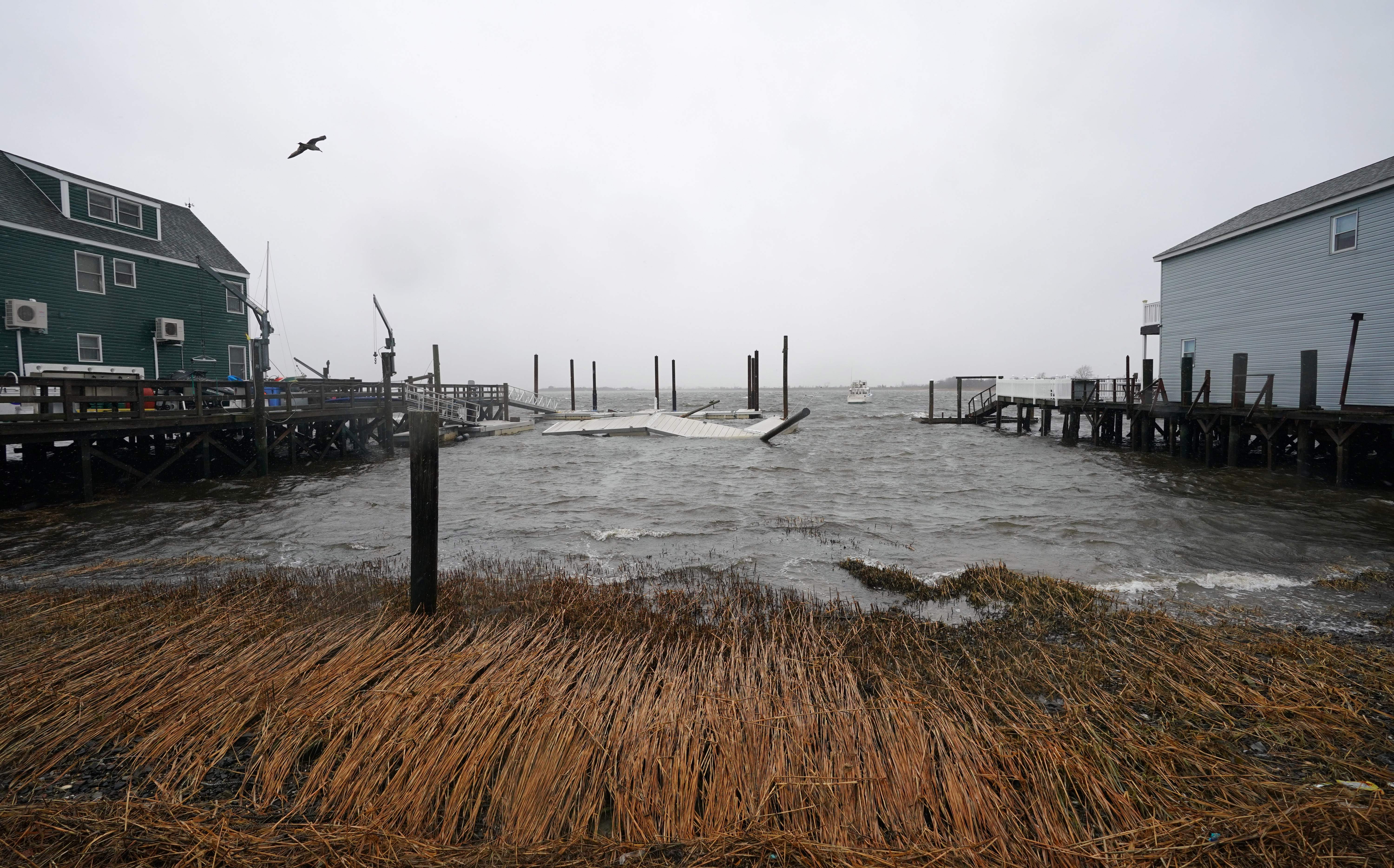How can birds that weigh less than a AA battery survive the immense power of Atlantic hurricanes? A new study in Ecology Letters finds that coastal birds populations can absorb impacts and recover quickly from hurricanes—even storms many times larger than anything previously observed.
Researchers developed computational simulations that allowed them to explore how disturbances like hurricanes would affect the populations of four coastal species over time. All of the species were able to absorb the impacts of storms across a wide range in severity.
“Coastal birds are often held up as symbols of vulnerability to hurricanes and oil spills, but many populations can be quite resilient to big disturbances,” says Christopher Field, UConn alum and now a postdoctoral fellow at the National Socio-Environmental Synthesis Center, who led the work with Chris Elphick, UConn professor of ecology and evolutionary biology, and colleagues from five other universities.
“The impacts of hurricanes, in terms of populations rather than individual birds, tend to be surprisingly small compared to the other threats that are causing these species to decline,” he adds.
The researchers used models that projected population sizes into the future based on the species’ birth and death rates. Then they subjected these populations to simulated hurricanes that killed a certain number of birds. They were able to look at the full range of potential hurricane sizes, from storms that caused no bird deaths to storms well beyond anything ever observed.
Resilience can be defined in many ways, so the researchers borrowed concepts from classical ecology and applied them to bird populations. They used these concepts to better understand the risk that these species could face from storms that are strengthening because of climate change.
Populations of both Saltmarsh Sparrows and Clapper Rails are declining, largely from increased coastal flooding caused by higher sea levels because of climate change, say the researchers. However, a storm could cause mortality for a third of Saltmarsh Sparrows and Clapper Rails in one year, and it would still be unlikely that their populations would deviate significantly from their trajectories over time.
If coastal birds are resilient to hurricanes, does that mean they will be resilient to climate change?
“It’s tempting to focus on dramatic events like hurricanes, especially as they get stronger from climate change,” Field says. “But less visible threats like sea-level rise and increased coastal flooding are here to stay, and they are they are going to continue to drive coastal birds, like Saltmarsh Sparrows, toward extinction.”
Elphick says there are lessons here for people, too.
“After a big event like a hurricane, we often rush to rebuild and improve coastal resilience without thinking as much as we perhaps should about the longer term chronic changes in the system. Obviously, we need to respond to the damage done, but addressing the gradual, less noticeable, changes, may just as important to coastal communities in the long run,” Elphick says.
This research was funded by the National Socio-Environmental Synthesis Center (SESYNC), National Science Foundation, and Fish and Wildlife Service Division of Migratory Birds.



